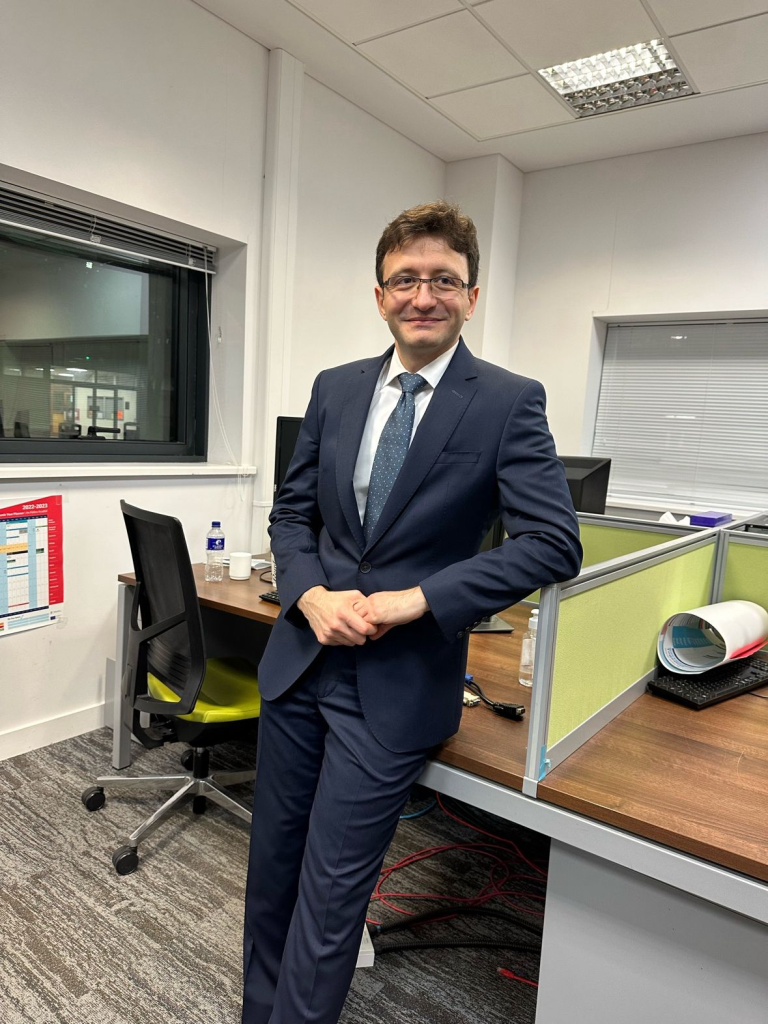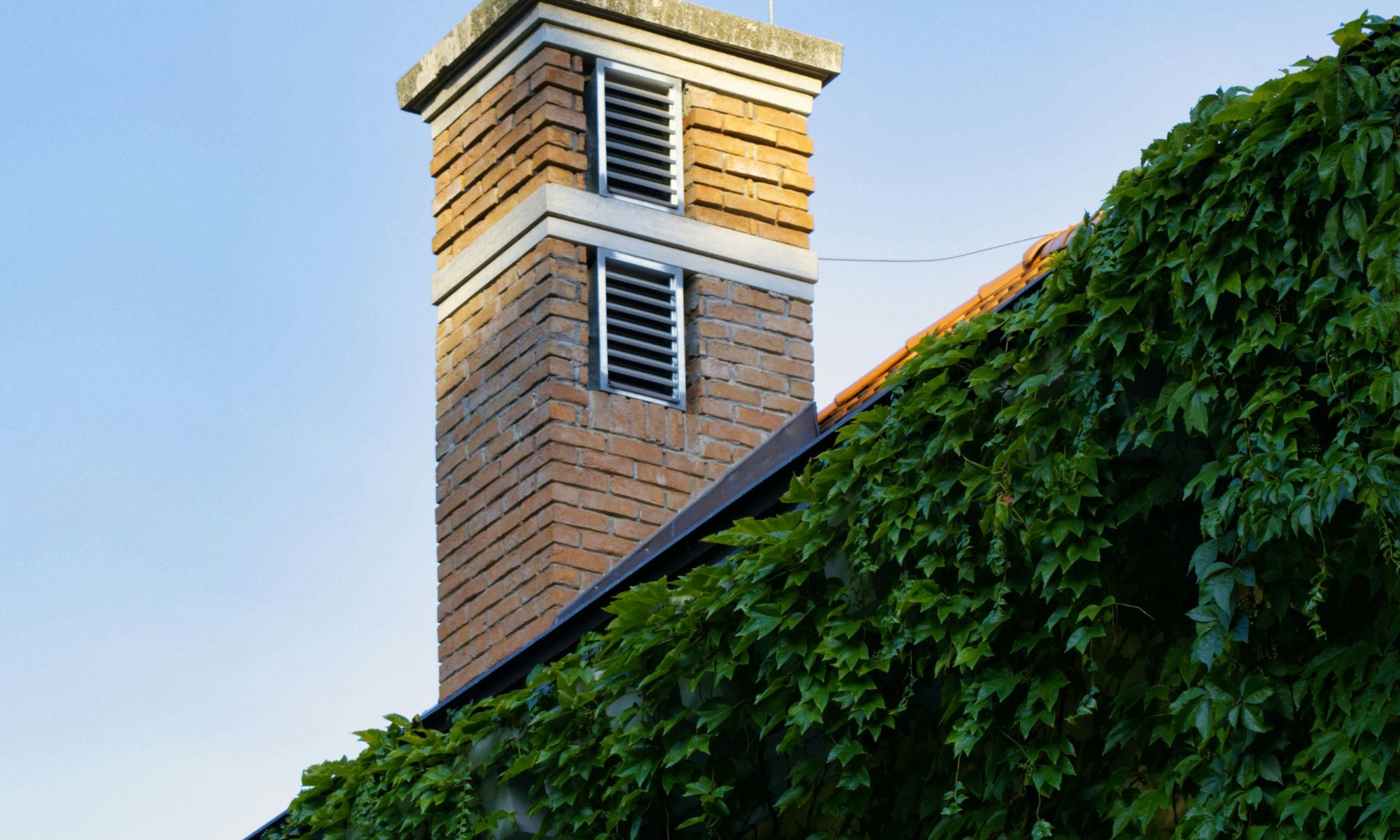ERBE is delighted to congratulate our first PhD viva success! Nima Najadi Ziarani who studied at Munster Technological University (MTU) in Cork, Ireland passed his viva in December 2023. We spoke to Nima about his experiences studying for a PhD.

What was your Thesis title:
“Improving the Performance of Single-Sided Natural Ventilation Using Airflow Guiding Components.”
Tell us about your work and time with the ERBE CDT:
I embarked on my Ph.D. journey on December 2nd, 2019. Right from the beginning, it became evident that the program was deeply rooted in years of thoughtful consideration and expertise. ERBE organized a range of impactful events, including block weeks, summer schools, the ERBE colloquium, student conferences, mini-conferences, and industry advisory meetings. These were meticulously crafted to shape a distinctive and meaningful Ph.D. experience.
While my primary focus in research revolved around the fundamentals of fluid mechanics and ventilation, much of my time was spent immersed in computational fluid dynamics simulations and hands-on work in the lab, connecting sensors to data acquisition devices. However, ERBE and its events broadened my perspective beyond the technical aspects of my work. Of particular interest to me were the socio-technical aspects of building design, a realm I had little prior exposure to. ERBE provided a unique opportunity to form a T-shaped knowledge, delving deep into my specific research while gaining valuable insights from diverse projects. The experience allowed me to strike a balance between specialization in my topic and learning from the broader spectrum of research within ERBE.
What was your PhD about:
My Ph.D. project marked the initial stride in the pursuit of designing breathable buildings. Surprisingly, we discovered that achieving this goal necessitates a profound understanding of how a building interacts with the atmospheric boundary layer flow. The foundation of my work aimed to elucidate the intricate connection between external and internal flows in the context of single-sided natural ventilation using CFD. Having uncovered the coupling nature between these flows, our efforts were directed towards demonstrating how various airflow guiding components, such as louvres and guide vanes, could influence this interaction using experimental measurements and CFD. Our goal was to showcase how a better design of these components could significantly enhance the overall performance of the ventilation system.
What were the highlights of your PhD/ERBE:
The journey of my Ph.D. was punctuated by several noteworthy highlights across various dimensions. A significant aspect was personal development, notably as it marked my first experience living abroad, compounded by the initial two years spent in a COVID lockdown. With the steadfast support of my supervisors and a determined effort to remain focused, I successfully navigated the challenges of stress, homesickness, depression, and pressure both during and post the COVID era. Completing my project precisely within the four-year timeframe, culminating in the defense of my thesis on December 4th, 2023, stands as a testament to my newfound self-confidence in overcoming adversity.
From an academic perspective, a standout achievement was the publication of three journal papers in my final year. This underscored the depth and impact of my research within the academic community.
Equally memorable were the ERBE events. While I enjoyed each one, the ERBE block week in 2020 was particularly special as our team was recognized as the best, and my self-introduction video earned the distinction of the best video. Additionally, the ERBE student conference in 2021 brought the honor of winning the best poster award. Importantly, these events were not about fostering competition but served as enjoyable platforms to bond, practice teamwork, and collaboratively solve problems.
What are you doing now/what is next?
My passion lies in applying the knowledge I’ve acquired to address real-world challenges. There is nothing more exhilarating to me than employing fundamental principles, along with numerical and computational techniques, to solve intricate problems. This drove my decision to join Arup’s Computational Fluid Dynamics team in Dublin as a project engineer. Arup, being one of the largest consultancy firms globally, boasts a roster of leading experts from various countries. Working in this dynamic environment, I have the opportunity to collaborate with these professionals and gain insights from their extensive experience.
While I am currently immersed in industry work, I am equally committed to remaining engaged with academic research both now and in the future. I firmly believe that the wealth of knowledge within academia, coupled with the potential inherent in ongoing research and the researchers themselves, can serve as a valuable resource for the industry. This intersection of academia and industry holds the key to unlocking innovative solutions and overcoming engineering challenges.
Acknowledgments:
I would like to take this opportunity to express my deepest gratitude to my supervisors, Dr Paul O’Sullivan (MTU, Ireland), and Prof. Malcolm Cook (Loughborough University, UK). Their unwavering support, guidance, and expertise have been instrumental in navigating the challenges and successes of this Ph.D. journey. Without their mentorship, dedication, and invaluable insights, reaching this milestone would not have been possible.

